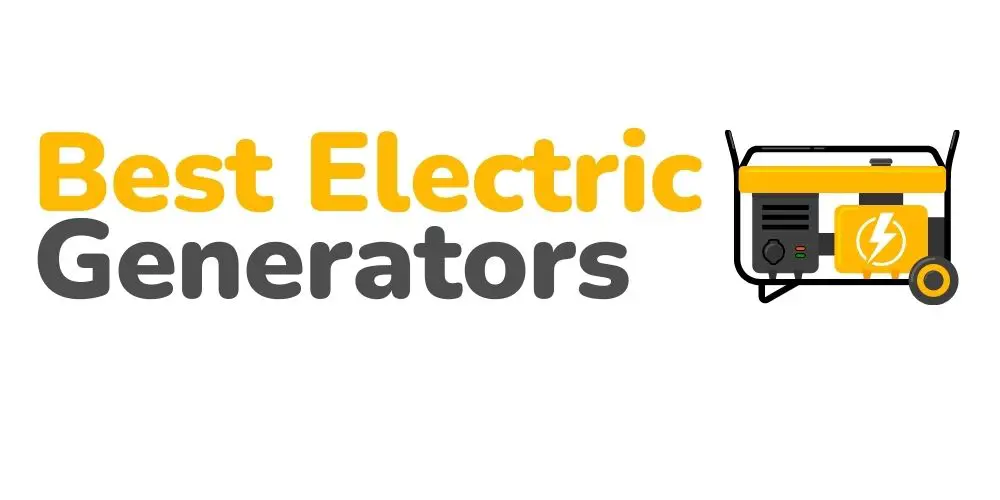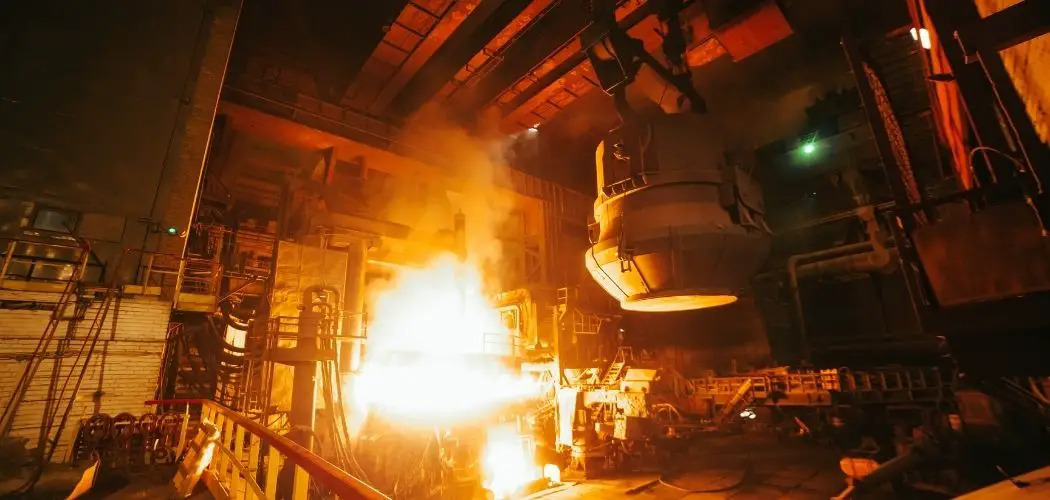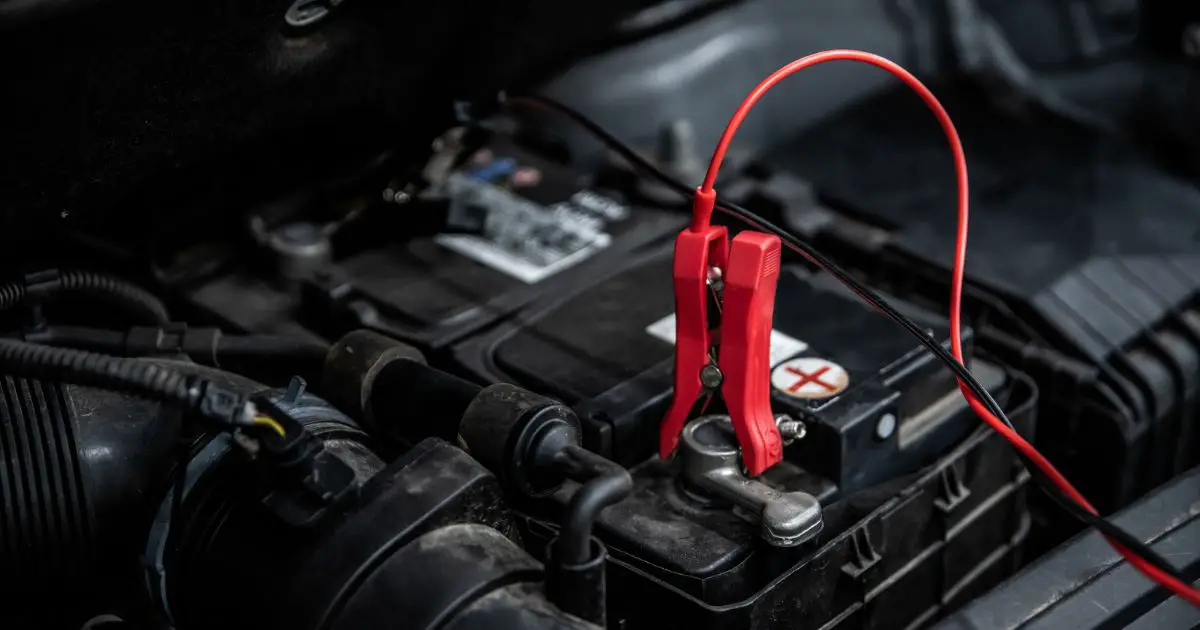A furnace will keep your family warm and make sure everyone remains comfortable during cold days. Unfortunately, if you live in an area prone to power failures, a simple blackout can cause your electric furnace to stop working.
And you never know when the power is going to be restored. For this, you will need a generator to power up your electric furnace.
In this guide, will find out whether portable generators can run electric furnaces or not.
How Many Watts Does an Electric Furnace Need to Run?
There are two types of furnaces that are used in households. You will find gas-powered furnaces, and there are electric furnaces.
Gas-powered furnaces
Gas-powered furnaces run on gas or oil, but they need only a small amount of electricity. So, you will only need to plug them in the outlet to start. After that, they will continue to run on either gas or oil.
Most of these gas furnaces need around 2500 watts. But the power needed to run them will be heavily based on the size of the fan motor that the furnace has.
These furnaces can be powered by a smaller portable generator that might be rated around 3000 watts. Therefore, you can conveniently use a portable generator to power your gas furnace.
Electric furnaces
On the other hand, electric furnaces are quite different from their gas counterparts. First, they need more electricity to run. Most electric furnaces are rated around 15000 watts.
Therefore, you cannot run these furnaces with a small portable generator. But thanks to the advancement in technology, generator units are becoming more powerful.
These units come with technology to run more efficiently and produce higher power. But you cannot place them on your table because they are considerably big.
Determining the Electric Furnace Wattage
There is a simple equation to resolve this matter. First, you need the wattage rating for your electric furnace. Some manufacturers provide you with that in the specs. In contrast, others have it in the owner’s manual.
In this scenario, you won’t have to do any conversions. A 15,000-watt electric furnace will need that much wattage to run. It’s pretty straightforward.
But some manufacturers provide amperage and voltage in the specs and don’t mention wattage. So, in this case, you will only have to multiply both numbers to get the wattage rating of a furnace. For example, there is an electric furnace that runs on 120V with a 200 Amp current. So, this electric furnace will have a 24,000W rating.
Some manufacturers also mention kilovolt-ampere (kVa) for their electric furnaces. For example, let’s say there is an electric furnace that is rated for 9 kVa. In this case, you will only have to multiply it by 800 hundred to get its wattage rating. For example, an electric furnace with a 25 kVa kilovolt-ampere rating will have a 20,000W wattage rating.
Generator Wattage Requirement
As you can see, electric furnaces come with big wattage ratings because they need more electricity. Therefore, you will need a portable generator that is going to handle that much load.
The good thing is that there are different portable generators available on the market with plenty of power in them. To run electric furnaces that come with a wattage rating of over 15,000W, you will need a portable generator that will overcome that much output.
Thankfully there are different portable generator models available on the market that either run on gas or diesel, and they do come with plenty of power. But there are two different types of portable generators as well. These are traditional generators and inverter generators.
Traditional generators
Traditional generators only have one step to perform when it comes to producing power. They only have to run the motor at around 3600 RPM to make 120V power.
These generators will be very reliable, but as long as they can keep the voltage fluctuations under control. With these fluctuations, you might end up damaging your electric furnace or reducing its overall service life.
Inverter generators
Your second option is to go for inverter generators that use the alternate current and convert it into a direct current. Then again, convert it into a low voltage alternate current. By doing so, these units can reduce harmonic distortion, which causes voltage fluctuation.
So, your electric furnace will not deal with any spikes or underloads while it’s running on the generator. This power will not affect your electric furnace’s service life or damage it in any way. Therefore, using an inverter generator will be a better option.
Power Consumption
You have to keep in mind that an electric furnace is pretty power-hungry. Running over 15,000W will not be easy when it comes to consumption. Therefore, go for an inverter generator which is more efficient than a traditional generator.
But suppose you live in an area that faces many power outages. In that case, you will need something more than just an inverter generator to keep the entire operation efficient and cost-effective. Therefore, the best option for you here is a dual fuel inverter generator. You may also go for a unit that comes with a solar alternative.
With two different sources to consume. Your generator unit will hold itself pretty well during long power outages. It will also keep you warm by powering the electric furnace up. The solar option is a better choice if your area sees a lot of sunlight too.
What is the wattage rating of a typical electric furnace?
Electric furnaces range in wattage ratings. For example, there are central electric furnace systems with over 15,000 watts. Larger electric furnace systems might come with over 20,000 watts.
And there are central electric furnace systems with over 25,000 watts. However, these electric furnace systems are power-hungry. And they need a powerful generator to operate them.
Can I power my electric furnace with a traditional generator?
You can power your electric furnace with a traditional generator. But this practice is not recommended if you don’t want your furnace to damage.
Traditional generators are reliable, but they have one significant disadvantage; their harmonic distortion. As a result, these units don’t produce clean energy. So, the overall service life of your electric furnace will reduce significantly.
You can use a gas or oil furnace with a traditional generator. But if you are using an electric generator, it’s better to opt for clean energy. That only comes with harmonic distortion under 5%. Therefore, your best option is an inverter generator.
Is a 10,000W inverter generator going to be enough for an electric furnace?
Electric furnaces come with a wattage rating of more than 15,000W. So, a 10,000W inverter generator won’t power it up no matter how clean energy it is producing.
However, a 10,000W inverter generator will be sufficient for gas or oil-based furnace. It comes with a wattage rating of around 2500W. Plus, you will have plenty of power in the tank to run other appliances as well.
Is a 15,000W inverter generator enough to run a 20 kVa electric furnace?
A 20 kVa electric furnace comes with a wattage rating of 16,000 watts. Therefore, your 15,000W generator won’t be able to power it up.
You will need a 20,000W inverter generator to power an electric furnace. But again, a 15,000W inverter generator is a good option to run a gas or oil furnace. You will also have plenty of power to run other appliances and electronic devices.
Conclusion
A portable generator can run an electric furnace, but you need to double-check the wattage ratings of your generator unit and electric furnace. Of course, we are talking about high wattage ratings here, so the generators will not be cheap.



